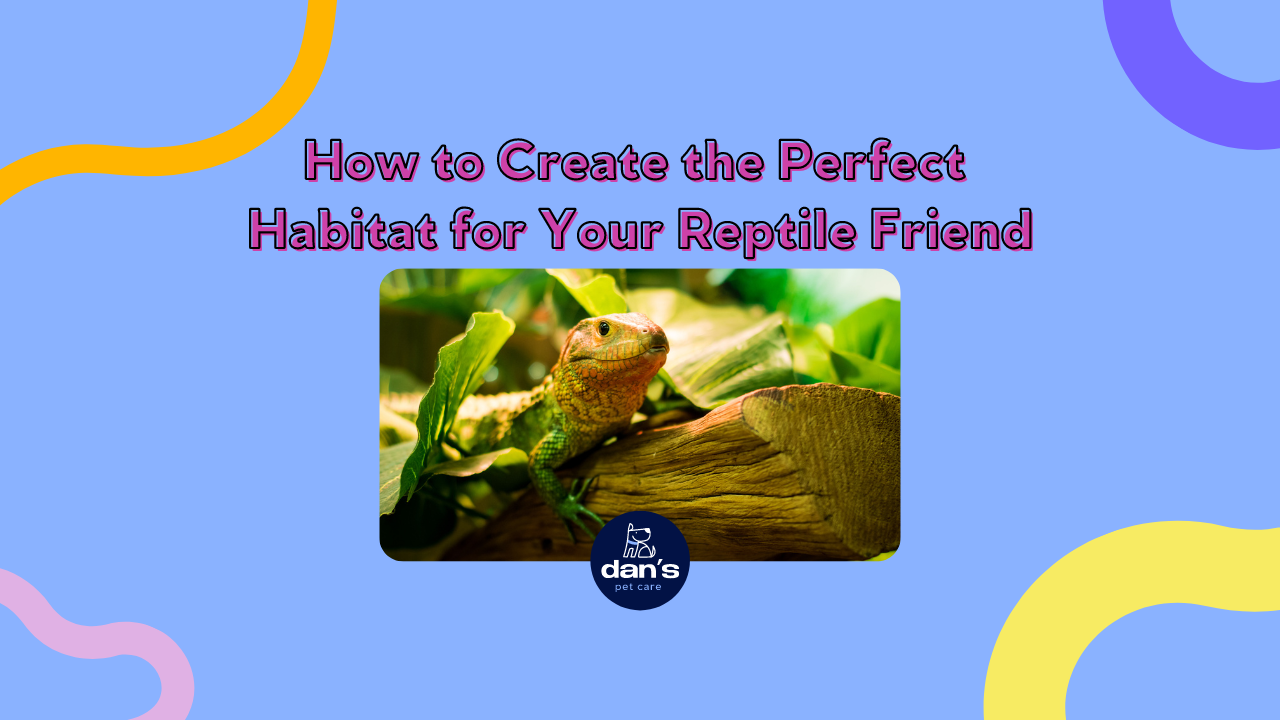Reptiles can make fascinating pets, but they require a unique habitat to thrive. As cold-blooded animals, they rely on their environment to regulate their body temperature, so it's crucial to create a habitat that mimics their natural environment as much as possible. Here are some tips on how to create the perfect habitat for your reptile friend.
Firstly, before setting up your reptile's habitat, research its natural habitat. Find out what temperature and humidity levels it prefers, the type of substrate it lives on, and the types of plants or rocks it uses for hiding places. This information will help you create an environment that's as close to its natural habitat as possible.
It's important to choose an enclosure that's appropriately sized for your reptile. Your reptile should be able to move around freely, and the enclosure should be large enough to accommodate any necessary heating or lighting equipment. Additionally, the enclosure should be escape-proof to ensure your reptile's safety.
Reptiles require specific lighting and heating conditions to stay healthy. They need a heat source to regulate their body temperature and UVB lighting to help them produce vitamin D3. Be sure to research the specific lighting and heating requirements for your reptile and provide the appropriate equipment. You can use heating lamps or heating pads to provide warmth, and UVB bulbs to provide the necessary lighting.
The substrate is the material that lines the bottom of your reptile's enclosure. It's important to choose the right substrate for your reptile's species, as some reptiles require a specific type of substrate. The substrate should also be easy to clean and maintain. For example, some popular substrates include coconut coir, reptile carpet, sand, and soil.
Reptiles need hiding places to feel safe and secure. You can provide this by adding rocks, plants, or other objects to the enclosure. These hiding places should be large enough for your reptile to fit inside comfortably. For example, you can add a rock cave or a hollow log for your reptile to hide in.
Reptiles require a specific humidity level to stay healthy. Be sure to research the humidity requirements for your reptile and provide a humidifier or misting system if necessary. You can also provide a water dish or a humid hide to help maintain the appropriate humidity levels.
Reptiles can be messy, so it's important to keep their habitat clean. This includes regularly removing feces and uneaten food, replacing the substrate, and cleaning the enclosure and any decorations inside. Regular maintenance can help prevent bacterial growth and keep your reptile healthy.
Additionally, when selecting an enclosure for your reptile, you should consider the type of enclosure that suits your reptile's needs. Glass terrariums are great for displaying your pet and allow for excellent visibility, but they can be difficult to maintain heat and humidity levels. Plastic tubs are inexpensive and easy to clean, but they don't provide much ventilation. Wooden vivariums are great for larger reptiles and allow for more customization, but they can be more challenging to clean.
Lastly, natural decorations, such as rocks, plants, and branches, can help create a natural environment for your reptile. Be sure to choose items that are safe for your reptile, as some rocks and plants can be toxic. You can also use substrate as a decoration, such as using a mix of sand and soil for a desert habitat.
In conclusion, creating the perfect habitat for your reptile friend requires research and planning, but it's worth it to ensure your pet stays healthy and happy. By providing the appropriate lighting, heating, substrate, hiding places, and humidity levels, you can create an environment that mimics your reptile's natural habitat and allows it.







